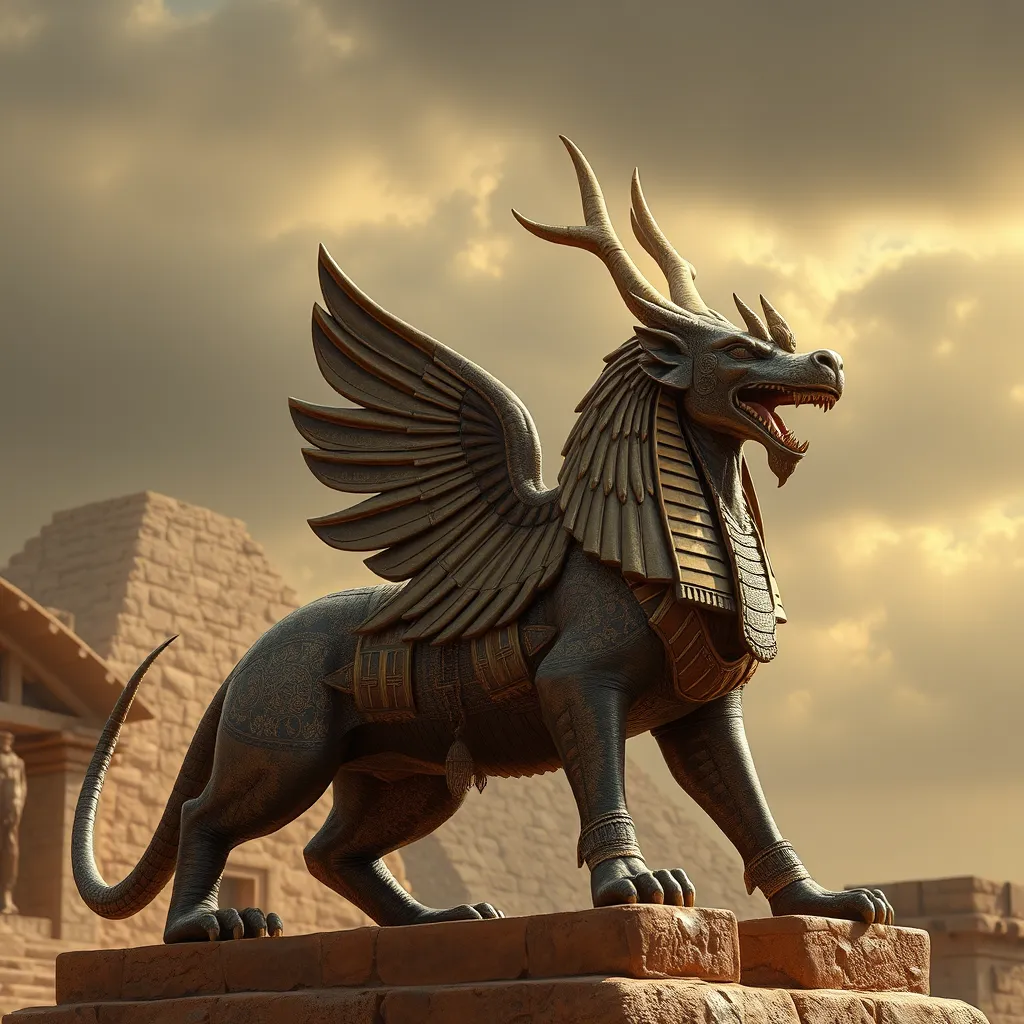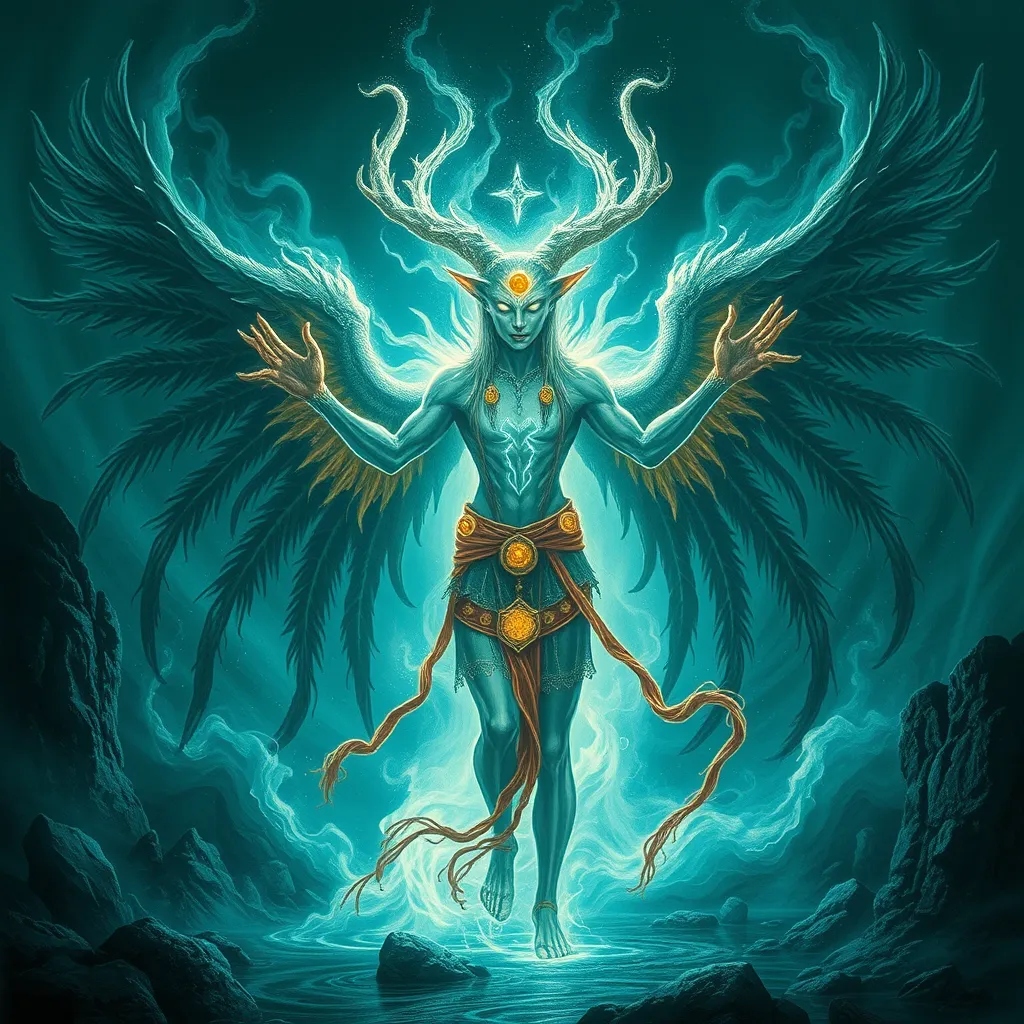The Roc’s Evolution Through Time: A Cross-Cultural Phenomenon
I. Introduction
The Roc is a legendary bird of enormous size that has captured the imagination of many cultures throughout history. Described as a bird of prey, the Roc is often depicted as being capable of carrying off large animals, including elephants, and is renowned for its immense wingspan and strength.
This mythical creature holds significant importance in various cultures, serving as a symbol of power, freedom, and transcendence. The Roc’s evolution reflects the diverse narratives and values of the societies that have embraced it, making it a fascinating subject of study.
The purpose of this article is to trace the Roc’s evolution across different cultures and explore its implications in a cross-cultural context, revealing how this creature has connected various mythologies and human experiences.
II. Historical Origins of the Roc
The Roc first appeared in ancient texts, with its earliest mentions found in Middle Eastern literature. The concept of the Roc likely originated from the exaggerated tales of real birds, such as the ostrich or the eagle, which were observed in the region.
In the cultural context of the Middle East, the Roc was often described in stories that emphasized its might and majesty, establishing it as a formidable creature within folklore. The influence of regional myths, such as those found in Persian and Arabian narratives, significantly shaped the Roc’s characterization as a guardian and a harbinger of fate.
III. The Roc in Middle Eastern Literature
One of the most famous literary works featuring the Roc is the “One Thousand and One Nights,” also known as “Arabian Nights.” In these tales, the Roc is depicted as a giant bird that nests on mountaintops and is capable of carrying off enormous creatures.
- Symbolism: The Roc often symbolizes strength and the overwhelming power of nature.
- Themes: Themes of adventure, the unknown, and the confrontation between man and nature are prevalent in stories involving the Roc.
Within Middle Eastern culture, the Roc is represented as a powerful figure in folklore, often serving as an allegory for the unpredictability of fate and the strength of the natural world.
IV. The Roc in Asian Mythology
The Roc also finds a place in Asian mythology, particularly in Indian epics and Buddhist texts. In these narratives, it is often referred to as “Garuda,” a divine bird that serves as the mount of the god Vishnu.
- Comparative Mythology: The Roc’s characteristics have parallels with similar mythical creatures, such as the “Kite” in Chinese lore and the “Naga” in Indian traditions.
- Moral Lessons: The stories involving the Roc often convey moral and ethical lessons, highlighting values such as bravery, loyalty, and the importance of wisdom.
The Roc’s significance within these narratives emphasizes the interconnectedness of mythologies across cultures, showcasing shared human experiences and values.
V. The Roc in Western Literature and Pop Culture
The Roc has been adapted and reinterpreted in Western literature, appearing in various narratives and modern fantasy genres. Authors like J.R.R. Tolkien and others have drawn inspiration from the Roc to create their own mythical creatures.
- Influence: The Roc has influenced modern fantasy literature and films, often depicted as a majestic creature with magical abilities.
- Symbolic Meanings: In contemporary culture, the Roc represents the struggle for freedom and the quest for power, embodying the archetype of the hero’s journey.
The Roc’s image in popular culture serves to reinforce its symbolic meanings, making it a relevant figure in storytelling today.
VI. Artistic Representations of the Roc
The Roc has inspired numerous artistic representations across various mediums. From ancient paintings to contemporary illustrations, the Roc’s imagery has captivated artists and audiences alike.
- Visual Art: Artists have depicted the Roc in paintings and sculptures, often emphasizing its grandeur and mythical nature.
- Performance Arts: The Roc has also made its way into theater and dance, where choreographers and directors have used its symbolism to explore themes of flight and freedom.
The impact of the Roc’s imagery on global art movements showcases its versatility as a cultural symbol, transcending geographical boundaries and inspiring creativity.
VII. The Roc as a Symbol of Universal Themes
The Roc embodies universal themes such as power, freedom, and transcendence, resonating with diverse audiences worldwide. Its stories often explore the following:
- Power: The Roc symbolizes the overwhelming force of nature and the power of the divine.
- Freedom: The ability to soar through the skies represents liberation and the human desire to transcend earthly limitations.
- Transcendence: The Roc often serves as a vehicle for characters to achieve their destinies, symbolizing the journey towards enlightenment.
The Roc’s role in bridging cultural narratives fosters cross-cultural dialogue, allowing for the exploration of shared human experiences and values.
VIII. Conclusion
The Roc’s evolution across cultures reveals its significance as a powerful symbol in mythology and folklore. From its ancient origins in Middle Eastern literature to its adaptations in modern fantasy, the Roc continues to inspire and resonate with people around the world.
Myths like the Roc’s play an essential role in shaping cultural identity, allowing societies to communicate their values and beliefs through storytelling. As we reflect on the Roc’s enduring legacy, it becomes clear that this mythical bird is not only a fascinating subject of study but also a testament to the shared human experience.
In conclusion, the Roc’s relevance today underscores the importance of myth in understanding our world, bridging gaps between cultures and fostering a greater appreciation for the complexities of human narratives.



